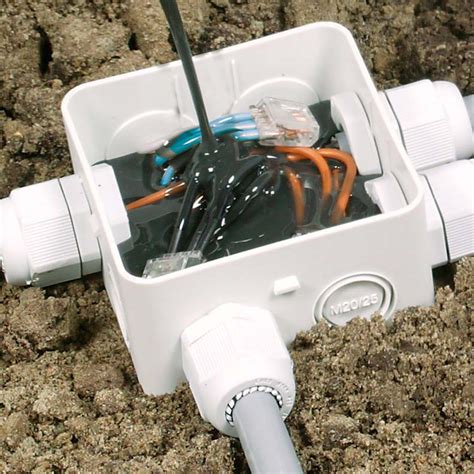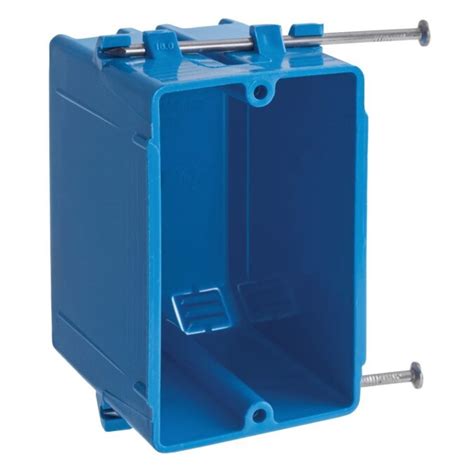difference between junction box and utility box Junction boxes are typically smaller and used in various electrical applications, while utility boxes are larger and used exclusively for metering purposes.
DU Series - Slanted & Straight Top Side Deck Mount Pickup Truck Tool Box with Drawers Steel and aluminum - Heavy duty - Removable drawer dividers - Can be custom ordered - USA Made.
0 · underground junction box lowe's
1 · residential electrical outlet boxes
2 · junction box for washdown receptacles
3 · home depot round junction box
4 · exposed electrical outlet box
5 · electrical supply junction box
6 · 2x4 electrical junction box
7 · 220v junction box home depot
My advice is to make a small practice piece. Make a few cuts different amps and feeds. I never ran my machine at full throttle on sign material. I always cut my signs at 30 amps and 90 ipm . Your lead in is .04 it should be at least double your kerf if it will fit. Your pierce delay should be about .5 seconds.
Junction boxes are typically smaller and used in various electrical applications, while utility boxes are larger and used exclusively for metering purposes. Learn the key differences between pull boxes and junction boxes, their functions, and when to use each in electrical installations for safety and .
Junction box = box with no components mounted in it (i.e. all connections are wirenuts or split bolts). Most conductors are long enough to be pulled from the box (i.e. the 6" . What is the difference between a junction box and a utility box? From their names, a junction box is where two or more conduits join together , while a utility box is where we install electrical devices like convenience . Junction boxes are made of either metal or plastic and each material has its pros and cons. Metal boxes are strong, and fireproof, and must be used with metallic-sheathed wire to provide proper grounding. They are a little . Junction boxes are typically smaller and used in various electrical applications, while utility boxes are larger and used exclusively for metering purposes.
What’s the difference between outlet boxes and junction boxes? An outlet box and a junction box can be the same thing. A junction box is a standard electrical box that encloses wire splices and contains no device (like a receptacle).
The major difference between a junction box and a utility box is that a junction box would house the electrical connections while the utility boxes are used to install switches, fixtures, etc. Some useful information about Junction boxes
Learn the key differences between pull boxes and junction boxes, their functions, and when to use each in electrical installations for safety and efficiency. Junction box = box with no components mounted in it (i.e. all connections are wirenuts or split bolts). Most conductors are long enough to be pulled from the box (i.e. the 6" length required at devices) What is the difference between a junction box and a utility box? From their names, a junction box is where two or more conduits join together , while a utility box is where we install electrical devices like convenience outlets, light switches, and lighting fixtures, to name some.
Junction boxes are made of either metal or plastic and each material has its pros and cons. Metal boxes are strong, and fireproof, and must be used with metallic-sheathed wire to provide proper grounding. They are a little more complex to work with because they have knock-outs for clamps and tricky sharp edges.Electrical Boxes: Junction Box, Outlet Box, Single Gang, 2 Gang. Electrical Boxes vary in size, material, number of gangs, and shape and are designed for specific uses like junctions, outlets, and switch or fixture boxes for wiring in wall or ceiling. Use this guide to determine the best electrical box choice for your application.
Wiring connections—where wires join an outlet, switch or other wires—must be inside an electrical box. Here’s why: Connections are the weak link in an electrical system. If they get damaged, loosened or pulled apart, you’re left without power, or worse, with a fire. Electrical boxes are simply meant to protect vulnerable connections.
There is a huge selection of electrical boxes, varying by size, shape, mounting device, and composition. One of the first distinctions to note is that of new work boxes and remodel or cut-in boxes. Junction boxes are typically smaller and used in various electrical applications, while utility boxes are larger and used exclusively for metering purposes.
What’s the difference between outlet boxes and junction boxes? An outlet box and a junction box can be the same thing. A junction box is a standard electrical box that encloses wire splices and contains no device (like a receptacle). The major difference between a junction box and a utility box is that a junction box would house the electrical connections while the utility boxes are used to install switches, fixtures, etc. Some useful information about Junction boxes
Learn the key differences between pull boxes and junction boxes, their functions, and when to use each in electrical installations for safety and efficiency. Junction box = box with no components mounted in it (i.e. all connections are wirenuts or split bolts). Most conductors are long enough to be pulled from the box (i.e. the 6" length required at devices)
underground junction box lowe's
What is the difference between a junction box and a utility box? From their names, a junction box is where two or more conduits join together , while a utility box is where we install electrical devices like convenience outlets, light switches, and lighting fixtures, to name some. Junction boxes are made of either metal or plastic and each material has its pros and cons. Metal boxes are strong, and fireproof, and must be used with metallic-sheathed wire to provide proper grounding. They are a little more complex to work with because they have knock-outs for clamps and tricky sharp edges.Electrical Boxes: Junction Box, Outlet Box, Single Gang, 2 Gang. Electrical Boxes vary in size, material, number of gangs, and shape and are designed for specific uses like junctions, outlets, and switch or fixture boxes for wiring in wall or ceiling. Use this guide to determine the best electrical box choice for your application. Wiring connections—where wires join an outlet, switch or other wires—must be inside an electrical box. Here’s why: Connections are the weak link in an electrical system. If they get damaged, loosened or pulled apart, you’re left without power, or worse, with a fire. Electrical boxes are simply meant to protect vulnerable connections.

explosion proof junction box crouse hinds
expo metalmecanica

Traffic Signs Regulations and General Directions 2016: an overview; Traffic signs working drawings: TSRGD 2016 schedule 1; Know your traffic signs; Collection. Road traffic .
difference between junction box and utility box|220v junction box home depot